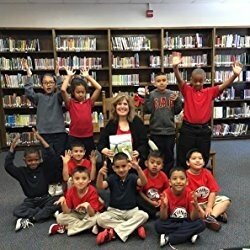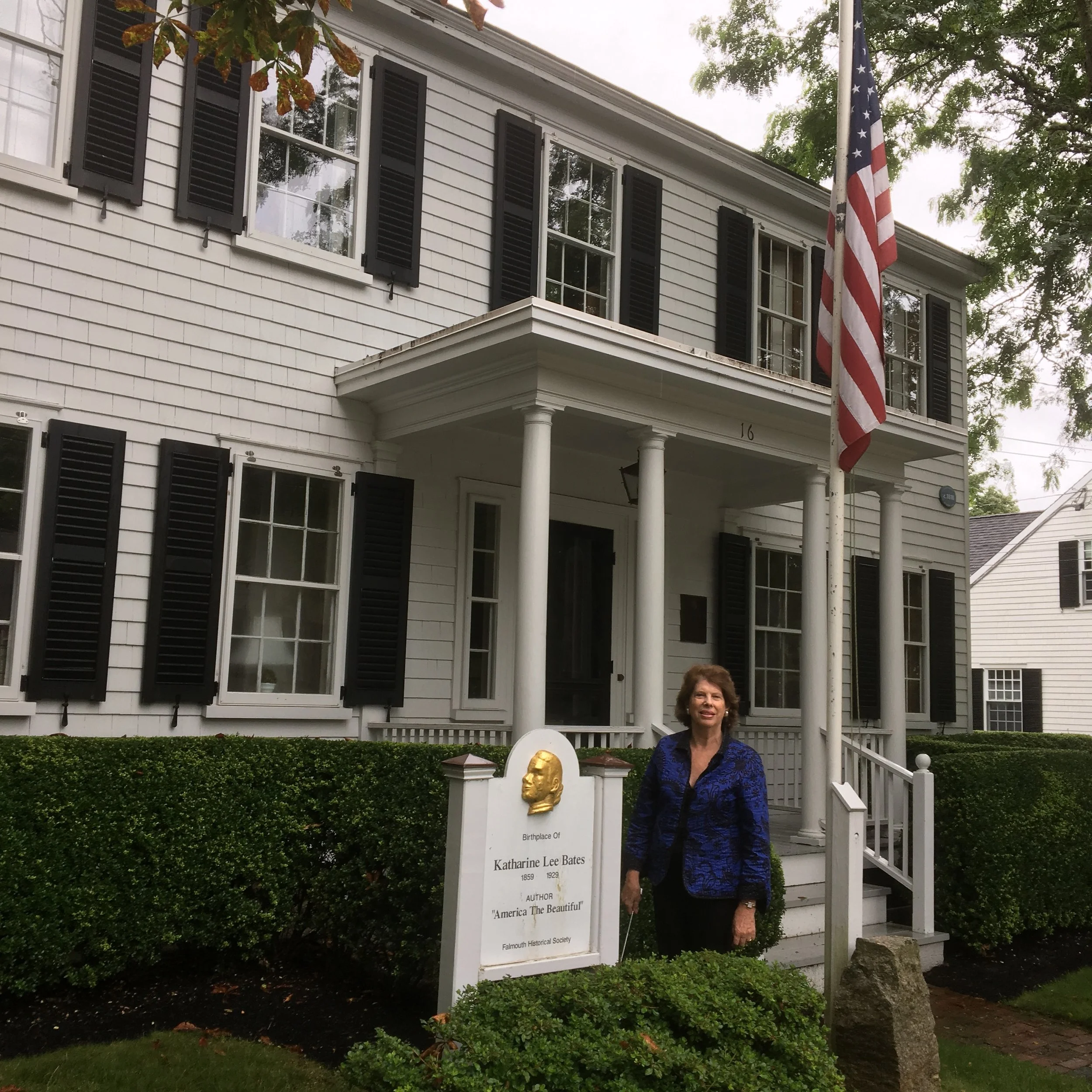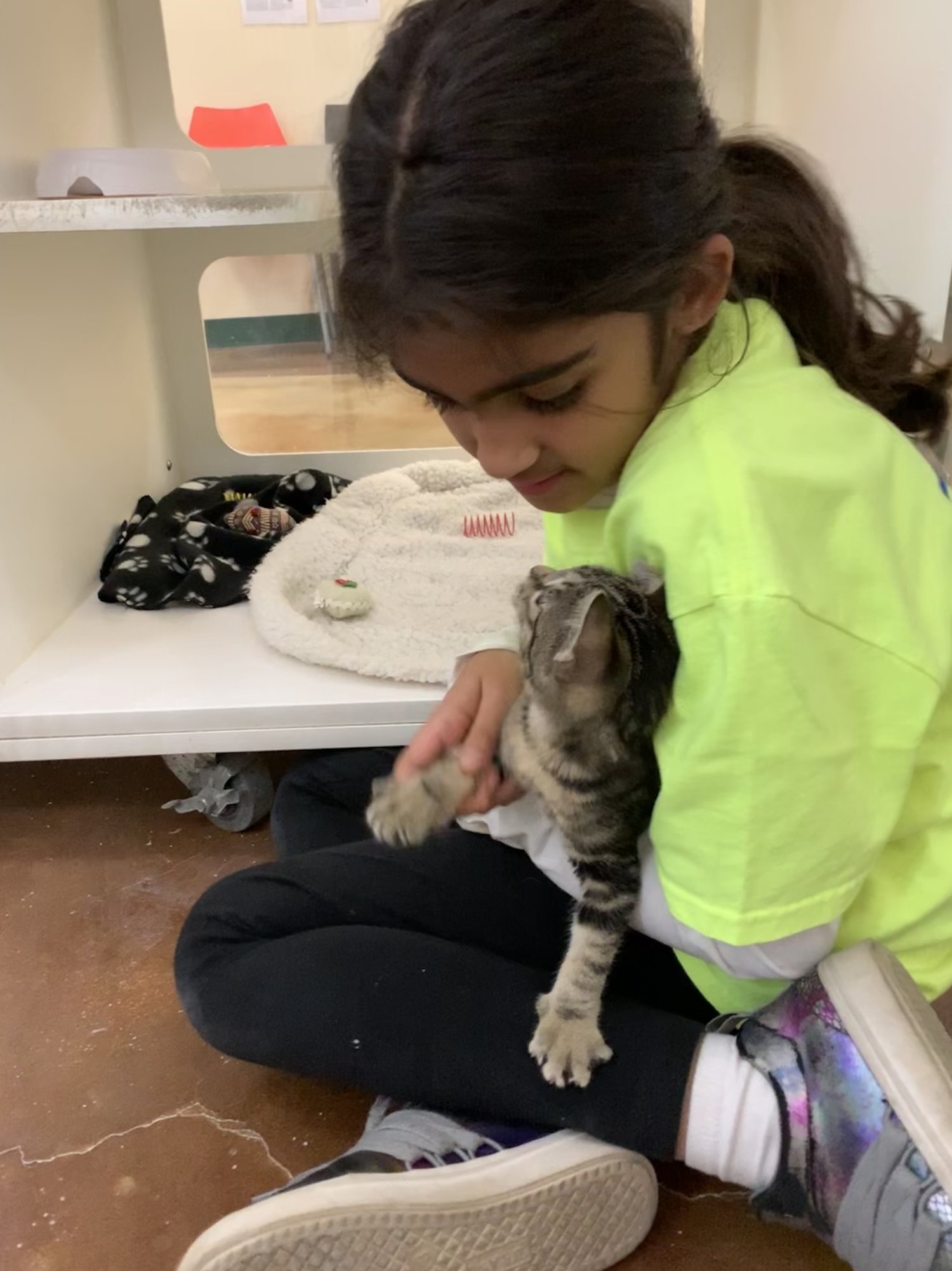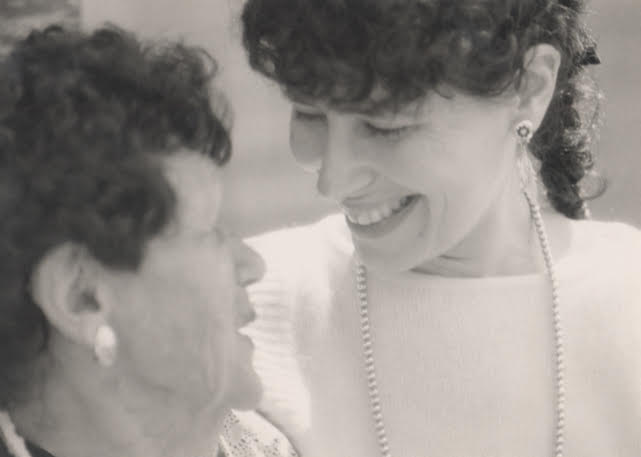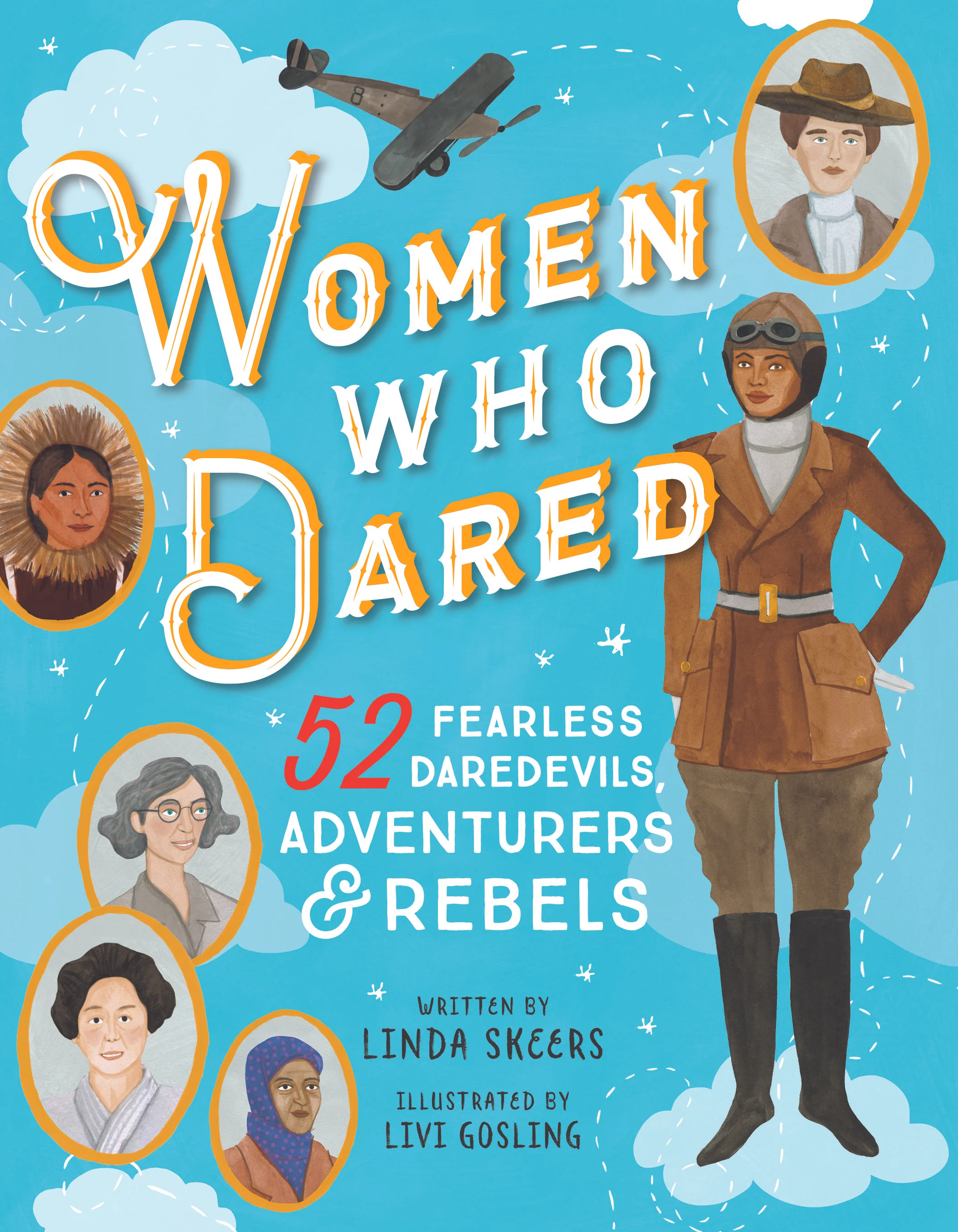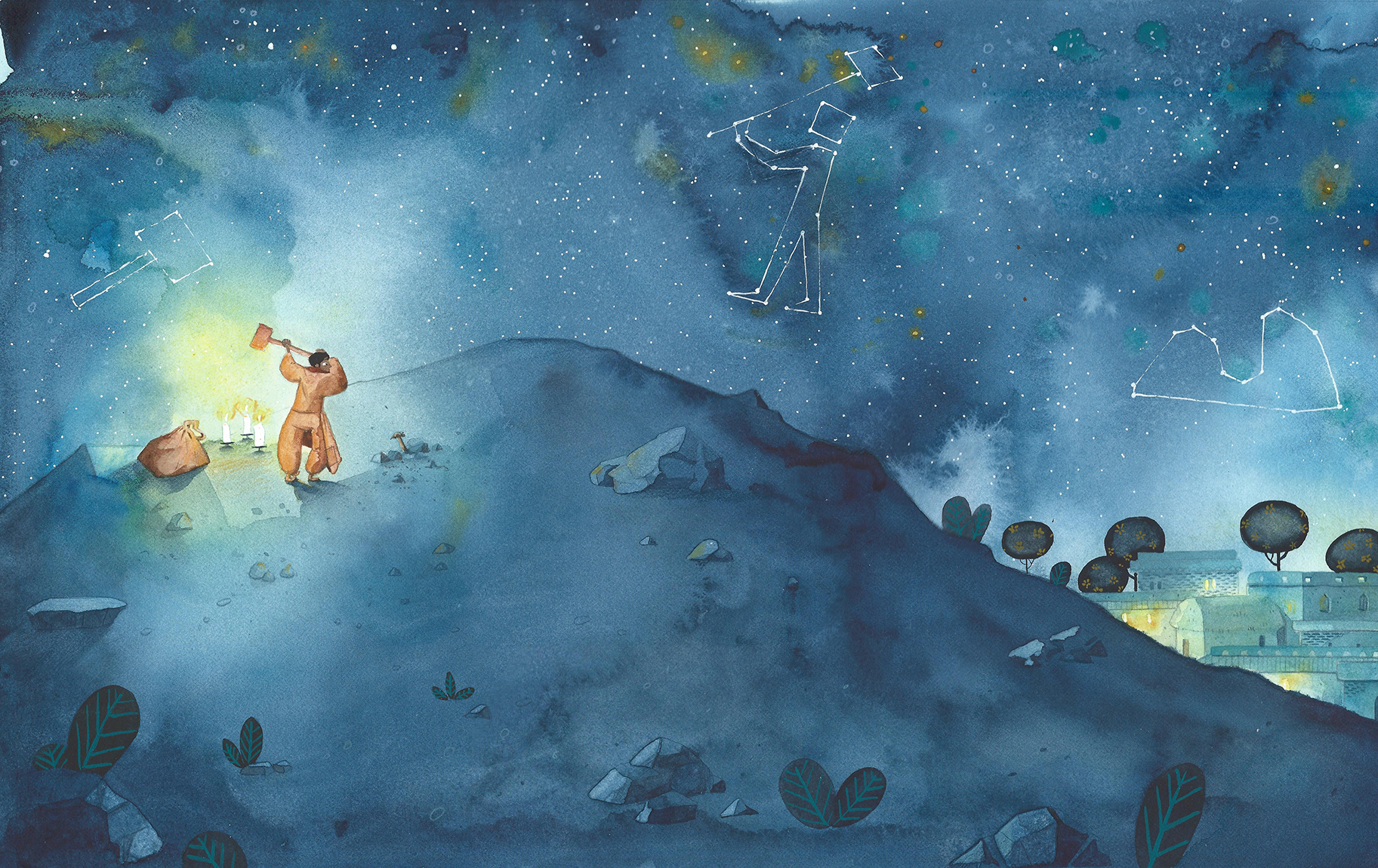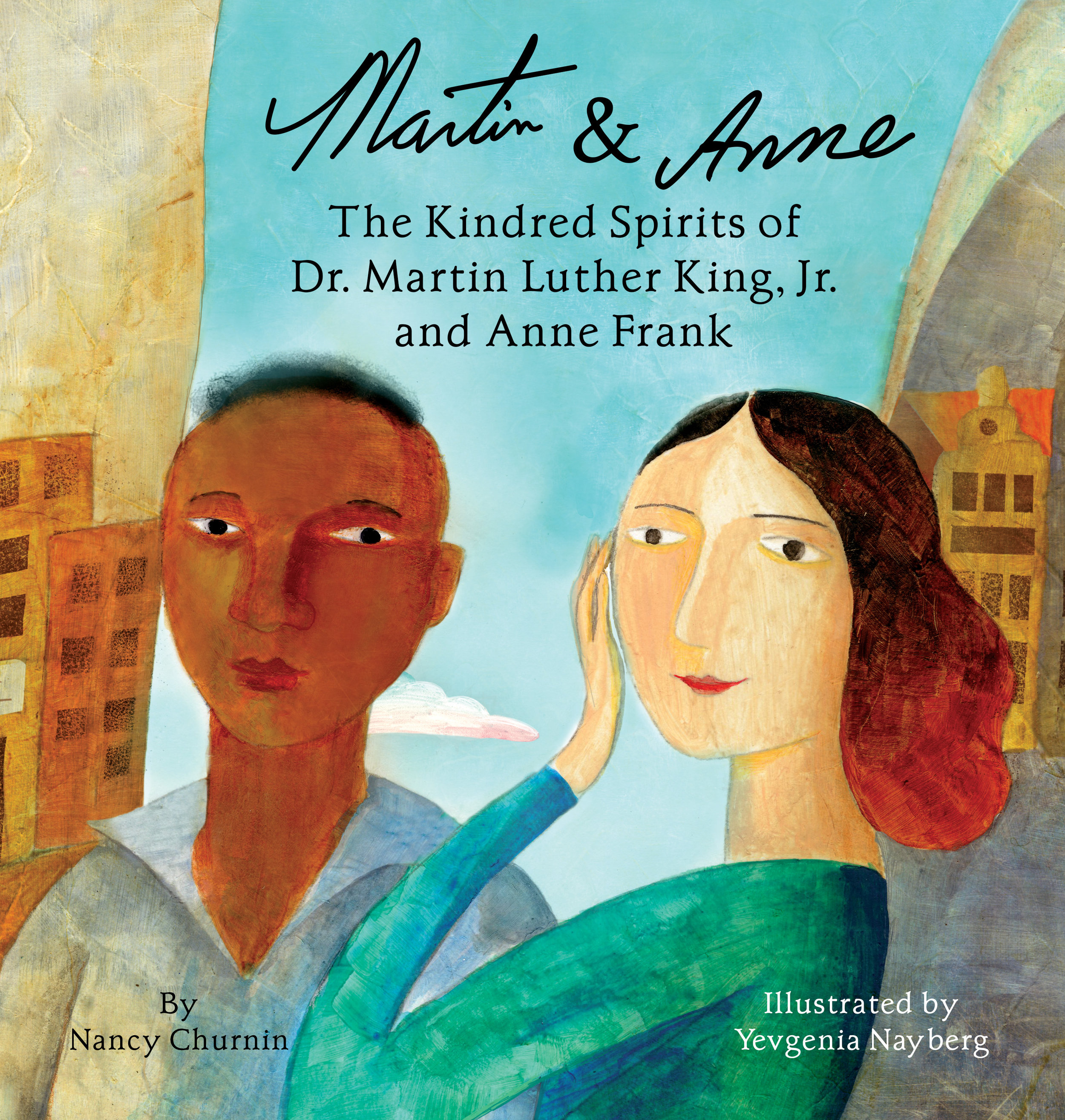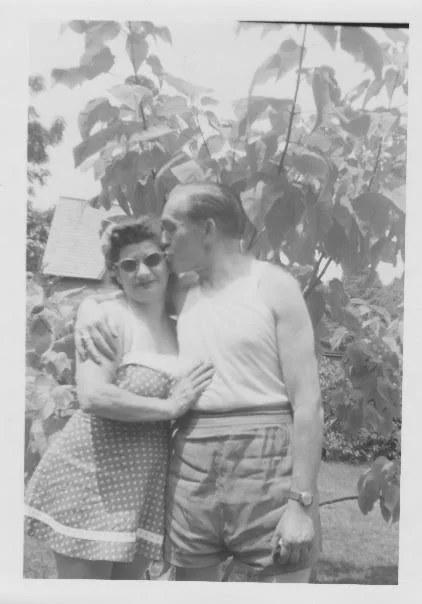Magic Ramen, the Story of Momfuku Ando by Andrea Wang, illustrated by Kana Urbanowicz. Published by little bee books
Happy Instant Ramen Day! Aug. 25 is National Instant Ramen Day in Japan, which makes it a perfect day to celebrate the launch of Andrea Wang’s tasty new picture book biography, Magic Ramen, The Story of Momofuku Ando, illustrated by Kana Urbanowicz, and published by Little Bee Books. Andrea’s Magic Ramen is one of the 19 picture book biographies in 19PBbios along with my Martin & Anne, The Kindred Spirits of Dr. Martin Luther King, Jr. and Anne Frank. It has been wonderful getting to know Andrea and to follow her remarkable journey with this lyrical biography which you may think is about food, but is really about heart, passion and how much good each of us can do when, like Momofuku Ando, we have a vision to make the world a better place and we won’t let anyone deter us from seeing it through.
Andrea Wang, photo by Elaine Freitas Photography
How did you first hear about Momofuku Ando? When and why did it strike you that he would be a great subject for a children’s book?
I first heard about Momofuku Ando from my husband, Tim. Years ago, he brought home a new cookbook called Momofuku by David Chang and Peter Meehan, and I asked him about the unusual title. Being a foodie, he explained that it was both the name of a hip noodle restaurant in New York City owned by Chang and the name of the inventor of instant ramen. Both of our sons were (and still are) huge instant ramen lovers and I was immediately curious about Ando’s story. As I learned more about Ando and the circumstances that led to him creating instant ramen, the more I wanted to write a picture book biography about him. Instant ramen is everywhere and I thought it would be fun to share how one person’s invention helped feed millions of people around the world.
How did you come to frame this as a story about peace and his mission to create a more peaceful world through providing affordable, nutritious food?
Reading Ando’s autobiographical essays, I was struck by how haunted he was by the sight of the starving people lined up at a black market ramen stall after WWII. While I don’t condone the Japanese government’s imperialist policy that led them to attack other countries in their quest for food and natural resources (among other things), I can empathize with the hunger that, in part, helped drive them to it and that was also a result of the wars they waged. Hunger is a powerful motivating force. Uttered in the aftermath of World War II, Ando’s words, “The world is peaceful only when everyone has enough to eat,” felt especially compelling. They also gave me the perfect framework for the story.
Momofuku Ando in his laboratory. Photo courtesy of Nissin Foods
I love how you show so many failures on the way to his success. Why do you think he never gave up? What message do you hope this sends to kids?
Ando had “Six Key Ideas” that are displayed in the Cup Noodles Museum in Yokohama, Japan. I think these ideas show why he never gave up (especially #6) and also embody the messages that Ando hoped kids would take away from his story, so I’ll let him speak for himself.
Momofuku’s Six Key Ideas (from the Cup Noodles Museum brochure)
1. Discover something completely new: Seek things that the world has never seen but would be nice to have.
2. Find hints in all sorts of places: There are inspirations that spark new ideas all around you just waiting to be found.
3. Nurture an idea: An invention isn’t for just one person; have everyone use it.
4. Look at things from every angle: Investigate every perspective.
5. Don't just go with the status quo: Think over what you think are usual.
6. Never give up: Even if you fail the first time and the second time, keep on trying.
I hope kids see that even someone with no experience (Ando was a sock manufacturer and businessman and had no idea how to make noodles) can succeed, through hard work, grit, and perseverance. Of course, there’s no guarantee of success at the end, but failure is just another step on the path -- if you let one failure stop you, you definitely won’t achieve your dream.
What was your biggest challenge writing the book?
I reached a point where I felt I really needed Ando’s own thoughts, beyond what he expressed in interviews and articles that I found online. I knew that he had written a series of autobiographical essays that were compiled into a book, but it was only available in Japanese, which I don’t know. Then I found that the book had been translated into English, but had only been published in-house by Nissin. I couldn’t find a copy available for sale anywhere. Finally, I wrote to Nissin USA asking for help and after initially being told they didn’t have any copies, an incredibly kind and generous employee located a copy and sent it to me. I couldn’t have written Magic Ramen without it.
How do you feel about the illustrations? Were there any surprises there? Any favorite images?
I LOVE the illustrations that Kana Urbanowicz drew! I had never seen that manga style of illustration in a US picture book before, so that was a delightful surprise. My favorite image is the one where Ando sees the line of starving people – it’s so powerful and packs an emotional punch. Kana is Japanese (Urbanowicz is her married name), and she did an amazing job conveying a difficult setting authentically and sensitively.
Magic Ramen, the Story of Momofuku Ando by Andrea Wang, illustration by Kana Urbanowicz
It’s so cool that a Japanese astronaut took ramen into outer space. Was it the same as the ramen we have here or is it made differently for astronauts?
Space Ram is very different from earth ramen! The International Space Station has low gravity (also called microgravity), so the soup had to be thicker/denser in order for it not to float. It also turns out that it’s very difficult to boil water on the ISS, so the ramen noodles had to be different in shape, size, and ingredients in order to cook in water that is only 160 degrees Fahrenheit.
What was your own first personal experience with ramen? Do you have any favorite flavors?
My only real memory of eating instant ramen as a child is in a motel room with my family. We had driven somewhere for vacation and my parents had packed an electric hot water kettle, packages of ramen, and chopsticks. In hindsight, they did it to save money, but as a child, it seemed fun and magical to make noodles in our motel room and eat them sitting on our beds. Plus, it was soothing to have chicken ramen soup after a long day in the car. My favorite flavor is still the original chicken ramen!
I hear you have at least one wild and wacky ramen recipe. Can you share it with us?
The idea of eating cold noodles is probably not too wild – pasta salad is popular in the US, after all. But how about eating cold noodles that taste like cinnamon buns? I definitely think that’s wacky. But one creative individual did just that, making noodles into a dessert. He used regular lo mein noodles in his recipe, but using instant ramen would make it super fast and convenient!
Yi Reservation’s Sweet Cinnamon Cold Noodle Dessert was the inspiration for Andrea Wang’s recipe, courtesy of Yi Reservation
Sweet Cinnamon Cold Noodle Dessert
Ingredients:
• 2 packages of instant ramen, noodle blocks only (discard the seasoning packets or save for another use)
• 1 medium-sized apple
• Sliced toasted almonds for garnish (optional)
Cinnamon Dressing
• ½ stick butter
• 1 Tbsp. ground cinnamon
• ¼ cup brown sugar
Frosting
• 2 oz. or ¼ block cream cheese, softened
• ¼ cup confectioner’s sugar
• ¼ cup milk
• 1 tsp vanilla extract
Directions:
Make the dressing by melting the butter in a sauce pan over low heat (or use a microwave). Mix in the brown sugar and cinnamon, stirring until well combined. Set aside.
Make the frosting by beating the cream cheese, milk, and vanilla together. Gradually beat in the confectioner’s sugar until smooth. Transfer the frosting to a ziploc bag, seal, and snip off the tip of one corner to make a pastry bag. Set aside.
Peel the apple and cut into thin slices or strips. Set aside.
Prepare the instant ramen by boiling in water for 3 minutes. Drain in a colander and rinse the noodles in cold running water until chilled.
In a mixing bowl, combine the chilled noodles with the apple strips. Add the cinnamon dressing and toss until the noodles are evenly coated. Divide the noodles into 4 portions on separate plates. Pipe the frosting on top of the noodles by squeezing the ziploc bag gently. Garnish with toasted almond slices if desired. Enjoy!
(adapted from Yi Reservation, yireservation.com/recipes/sweet-cinnamon-cold-noodle-dessert/)
Is there anything you would like to add?
In Japan, August 25th is Instant Ramen Day, to commemorate that groundbreaking day in 1958 when Momofuku Ando and his company Nissin Foods released Chicken Ramen to the world. I hope you’ll celebrate with me by enjoying some instant ramen, whether it’s a recipe “hack” from the internet or a simple-but-satisfying bowl of hot ramen noodle soup!
I’m thrilled that Magic Ramen is a Junior Library Guild Selection and received a starred review from School Library Journal! You can purchase Magic Ramen: The Story of Momofuku Ando through your local indie bookstore or on Amazon.
A free teacher’s guide for Magic Ramen is available on my website at andreaywang.com. I’ll also be posting a bibliography for the book on my website soon, in case any students or educators need it. Follow me on Facebook at Andrea C. Wang, on Twitter at @AndreaYWang, or on Instagram at @AndreaWhyWang.
For Denver-area folks, I’ll be at the Tattered Cover Educator Nights on Sept. 4th and 5th and at BookBar’s BookFest on October 19th. I’ll also be presenting at the National Council of Teachers of English (NCTE) Annual Convention in Baltimore on Nov. 23, 2019, and at the Colorado Council of the International Reading Association (CCIRA) conference on Feb. 6, 2020.
Thank you, Andrea, for hanging out with us on THE KIDS ARE ALL WRITE!
